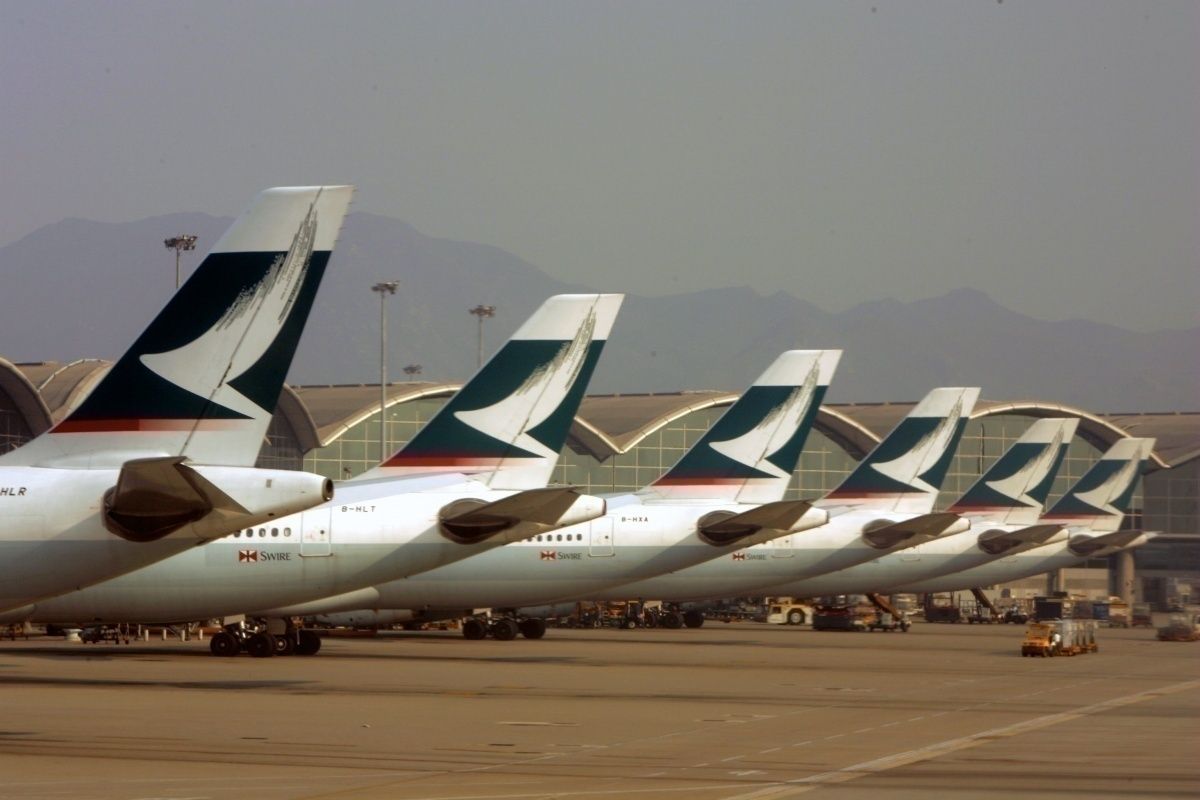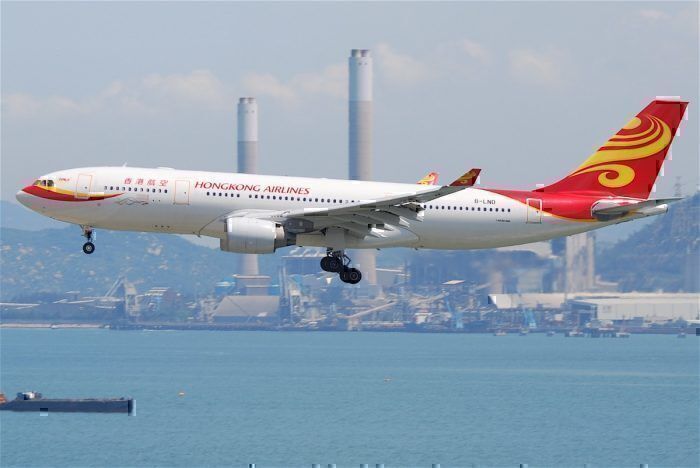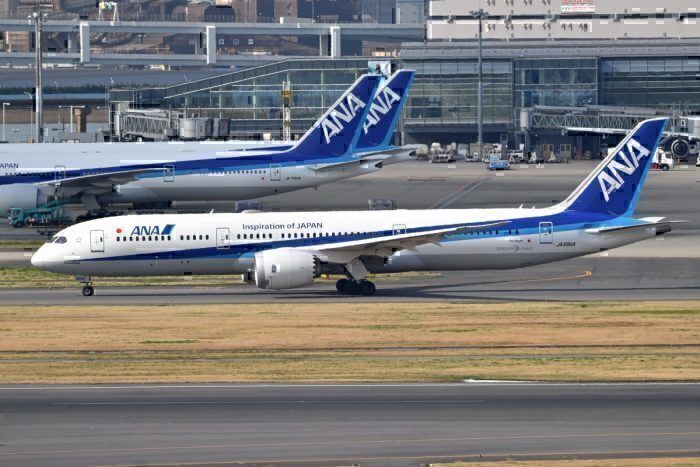Pro-democracy protests in Hong Kong are now into their eighth month. Over the weekend, police used batons and teargas at a lawful protest that had allegedly turned violent. The rolling protests show no signs of stopping and their impact has been felt across the wider Hong Kong economy.
Hong Kong’s Chek Lap Kok International Airport has been hit particularly hard. In the first half of 2019, it was the world’s ninth busiest airport when measured by passenger numbers. The airport handled 37,800,000 passengers in the half-year.
But as the protests picked up steam in the second half of 2019, passenger traffic through the airport fell significantly. During the airport blockades, flights were cancelled and over the longer term, airlines have trimmed capacity and schedules as demand falls off. Local carriers, Cathay Pacific and Hong Kong Airlines have been hit hard.
External issues impact on the aviation industry
Will Hong Kong’s aviation industry recover from the ongoing protests? Undoubtedly. The industry has faced significant challenges before - the 1997 handover and the SARS virus of the early noughties for example. But whether the industry and its players bounce back in the same shape and form as the pre-protest days is another matter altogether.
Here are a few things to consider. Firstly, consider the external factors that are impacting on the demand for travel to Hong Kong. Both the protestors and the authorities seem prepared to dig in for the long haul and there is little or no sign of either side giving sway. This has hit the local economy hard, causing Hong Kong to go into its first recession since the global financial crisis.
Traveller numbers to Hong Kong are down. Tourism makes up 4% of Hong Kong’s GDP and accounts for some 7% of total employment.
And this is not going to be given a boost by the outbreak of a newly discovered coronavirus in Shenzhen and Shanghai, both reasonably proximate to Hong Kong, and causing Hong Kong authorities to step up monitoring of inbound passengers at Chek Lap Kok International Airport. Several suspected infections have been reported in Hong Kong.
None of this is going to do much to stimulate Hong Kong’s aviation industry.
Internal issues within the local aviation industry
If you cast your eye inside the Hong Kong aviation industry, the biggest variable is Hong Kong Airlines.
Sure, Cathay Pacific is bigger and also has a lot to lose but it probably has the resources and muscle to survive an extended period of unrest in Hong Kong.
Hong Kong Airlines is another story. Much smaller than Cathay Pacific, its largest shareholder is Hainan Airlines (which owns 45% of the airline). Hong Kong Airlines survived a near-death experience in early December 2019 when it came within days of having its licence suspended or terminated owing to financial difficulties.
Hong Kong Airlines has been hit hard by a perfect storm of factors. The protests have depressed demand for travel to Hong Kong and the airline’s parent company (HNA owns Hainan Airlines) is facing financial problems of its own. Now, this emergent virus out of China is further bad news for an airline that does the bulk of its business flying passengers between Hong Kong and China.
International carriers trim services
Outside the two local carriers, the majority of international carriers serving Chek Lap Kok have reduced capacity and services. For example, United Airlines has suspended its service between Chicago and Hong Kong, ANA is looking at cutting to capacity to Hong Kong by 34%, and KLM has swapped out some of its 777-200ERs for smaller 787-9s on its services between Amsterdam and Hong Kong.
Individually, on an airline by airline basis, these cuts might not mean much to an airport as big and busy as Hong Kong. But when the majority of the airlines flying into Chek Lap Kok are also doing what United and ANA and KLM are doing, it represents a big downturn in airline and passenger traffic at Hong Kong’s airport.
And while there’s no doubt Hong Kong and its aviation industry will eventually get back to business, it is a question of when. And when the sector does bounce back, how long will it take and what form will the bounce back take? Will Hong Kong Airlines still be around in 12 months time? Will ANA ever put that capacity back into Hong Kong, having presumably deployed it elsewhere?
There are a lot of variables at play here. How it pans out in the medium and long term is anyone’s guess.




